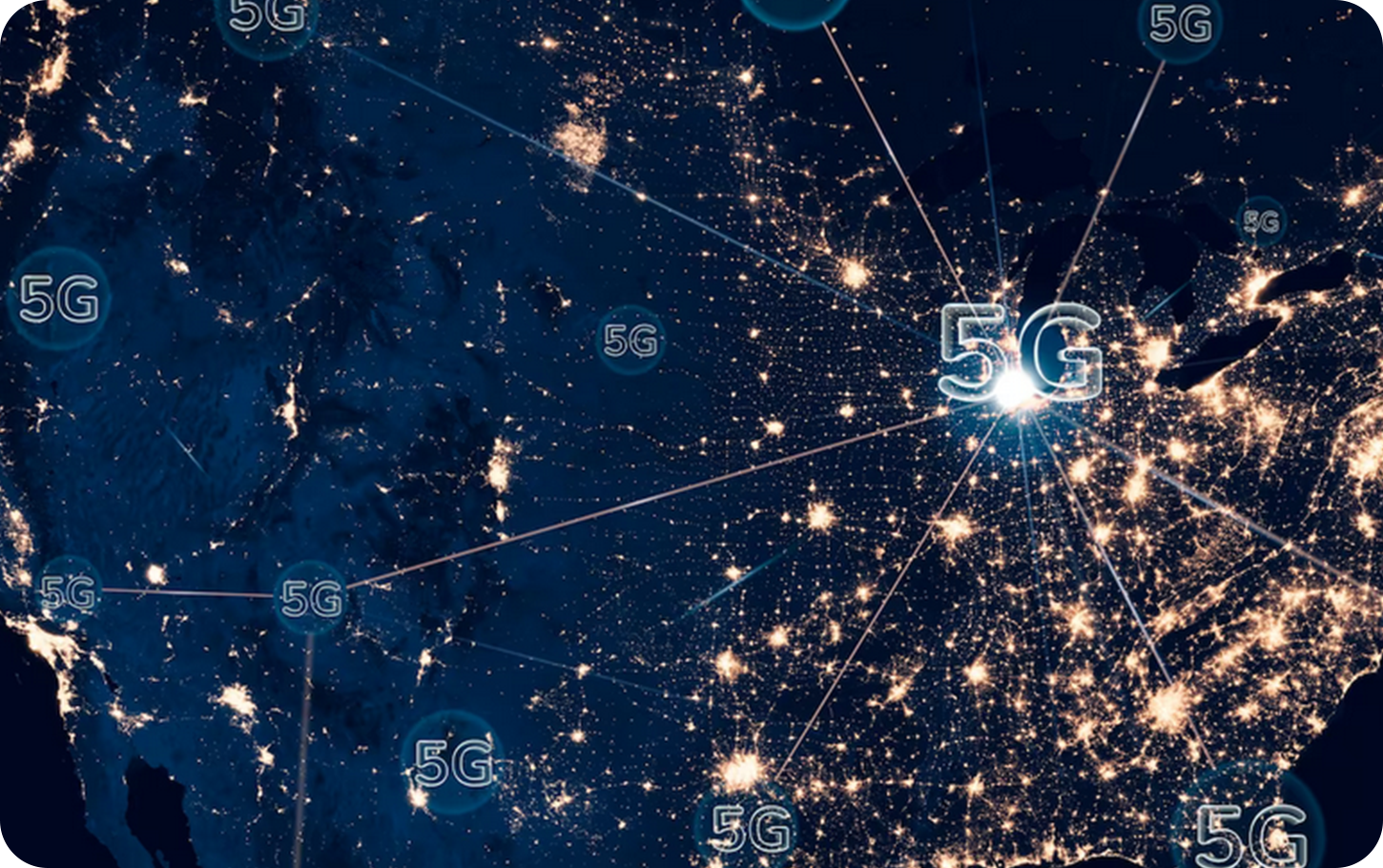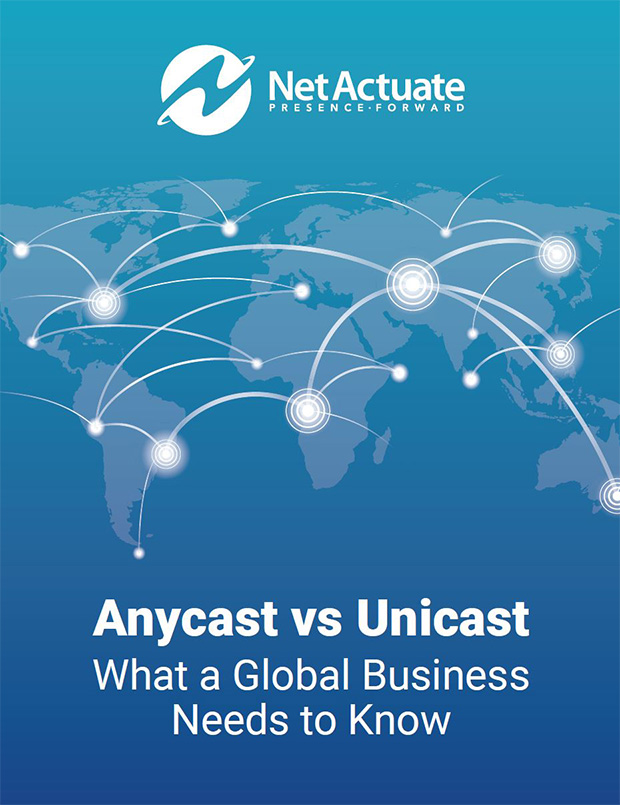Our anycast platform is powered by one of the largest peered networks in the world.
Our goal is simple: deliver applications within 10 ms of every end user in the world. That means our purpose-built anycast delivery platform never stops growing. And our engineers never stop optimizing the network for the highest performance and reliability.
Our relentless focus on latency and reliability across global markets is why our network already powers over 25 billion transactions per day.
Reach the World's Largest Internet Exchange Points
Why make BGP anycast part of my global network strategy?
With anycast routing, one IP address becomes reachable at multiple geographic locations. When it is part of your infrastructure strategy, it can increase the speed and reliability of your data, application, and content delivery to your end users — all at the network level.
Deploy and Expand Your Global Presence Today
Instantly deploy our VMs and bare metal servers on our anycast delivery platform, or integrate your own resources. Our predictable, monthly platform access fee includes:
Optimized Network
Our engineers continually optimize our network for reliability and low latency across global regions.
DDoS Protection
Our platform includes fallback to a protected network with up to 100gbps/s DDoS mitigation.
Flexible Deployments
Our platform can interconnect our infrastructure, the public cloud, and on-prem equipment.
IPv4 & IPv6 Space
We provide /24 and /48 or you can bring your own. Our platform has been IPv6 native since 2008.
24 x 7 Monitoring
Our 24×7 NOC monitors and proactively responds to any issues affecting network performance.
Portal & APIs
Our online portal lets you self-manage BGP groups and sessions, as well as VMs and bare metal servers.
Benefits of Anycast

Faster Connections
Anycast enables user requests to be directed to the location closet to them geographically, minimizing round-trip tim (RTT), decreasing the number of hops, and reducing latency.

Improved Reliability
Anycast allows to you make redundant servers available from the same IP. If one location is down for any reason, users are sent automatically to the next closest location.

Load Balancing
Routing users automatically to the location closest to them helps to balance the load among the your servers, improving speed and performance.

DDoS Mitigation
Anycast reduces the impact of DDoS attacks. If a server fails or goes down, requests are fulfilled by next closest locations during mitigation and recovery.
Want to talk with one of our engineers to find out if anycast is right for your infrastructure strategy?
Which is Right for My Business – Anycast or Unicast?
In today’s online marketplace, global businesses must make sure their customers around the world can access their content, applications, and data whenever and wherever they need them. One of the best ways to provide 100% uptime and high performance is by integrating anycast routing into your infrastructure. This in-depth article provides easy-to-understand examples and illustrations to help you decide if anycast routing is good fit for your business.

Anycast vs Unicast Routing
Unicast to Multiple Locations
With unicast routing, all requests are directed to one point of presence, leaving users frustrated when servers at that location go down.
Anycast Deployment
User requests are sent to the point of presence they are physically closest to. If one point fails, users are immediately sent to the next closest location.
Get Maximum Uptime with Redundant Anycast Groups
Deploy two separate networks with diverse providers, hardware, and data centers in similar regions to make sure your platform never goes down.
Deploy two or more anycast networks with separate IP addresses
Diversify providers, facilities, and gear for maximum redundancy
Failover group can reach similar regions and end users within 20 ms
BGP Anycast Use Cases
From CDNs to DNS, learn how anycast can reduce latency and eliminate downtime for your end users.
Performance & HA
Anycast ensures low latency delivery and reliability at the network level, keeping your service highly available.
Recursive DNS
Providers can use anycast to improve their customers’ internet browsing experience.
Authoritative DNS
Using anycast, recursive lookup requests can be resolved by the nearest authoritative DNS server.
Disaster Recovery
If a server at goes down, traffic can be seamlessly rerouted to a backup site with anycast.
CDNs
CDN providers frequently use BGP anycast to route traffic to geographically distributed edge servers.
Hybrid Deployments
Provide your end users an optimal experience when accesing a hybrid infrastructure.
Security Providers
Many providers use anycast to ensure high performance and low latency delivery when adding security layers.
Overlay Networks
Use anycast to ensure low-latency connectivity both to – and within – an overlay network.
Anycast-as-a-Service
We partner with anycast providers who require a flexible, purpose-built, highly available network.
For IPv6
IPv6 native since 2008, our anycast platform allows direct packet-level access with IPv4, IPv6, or both.